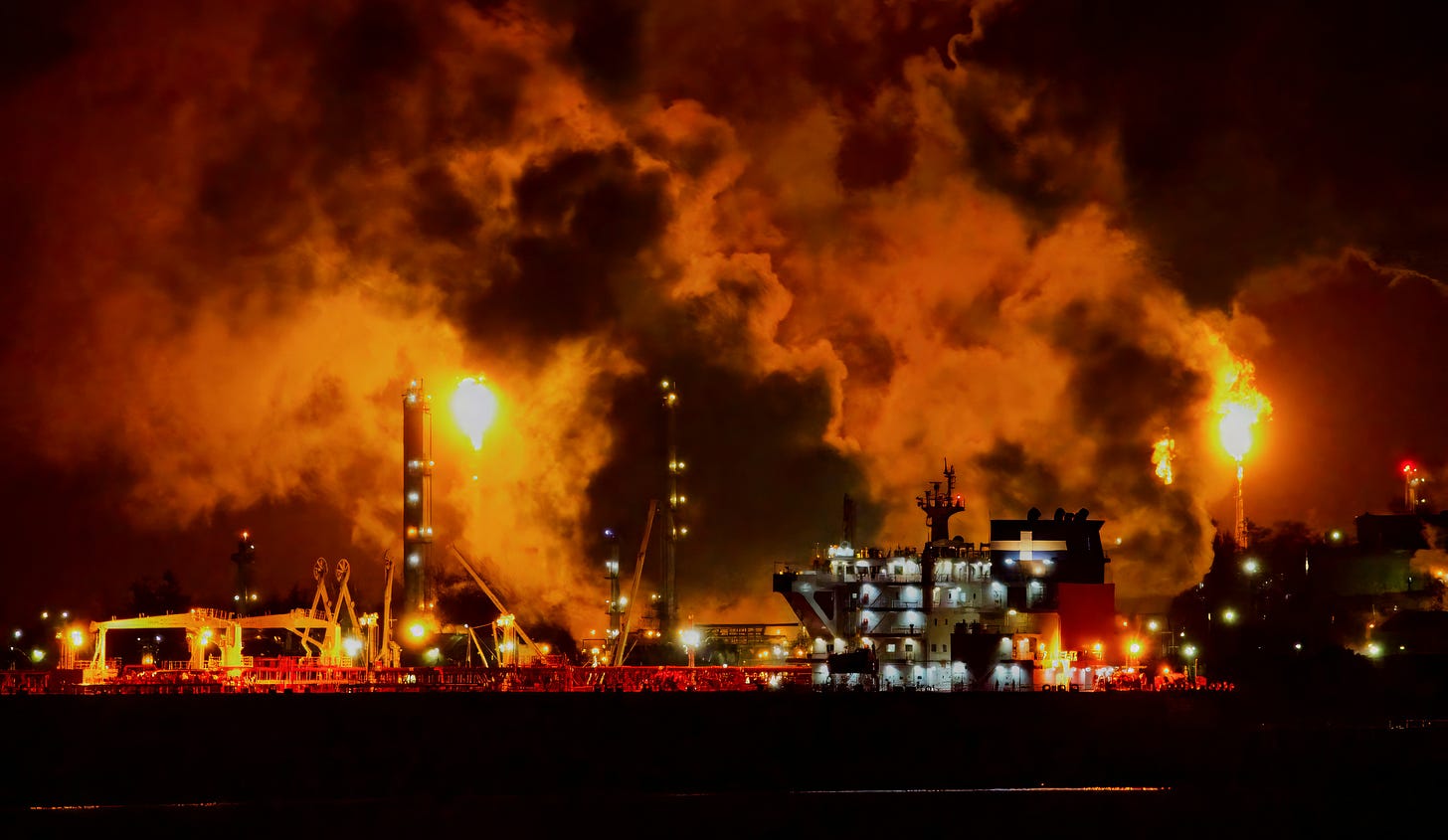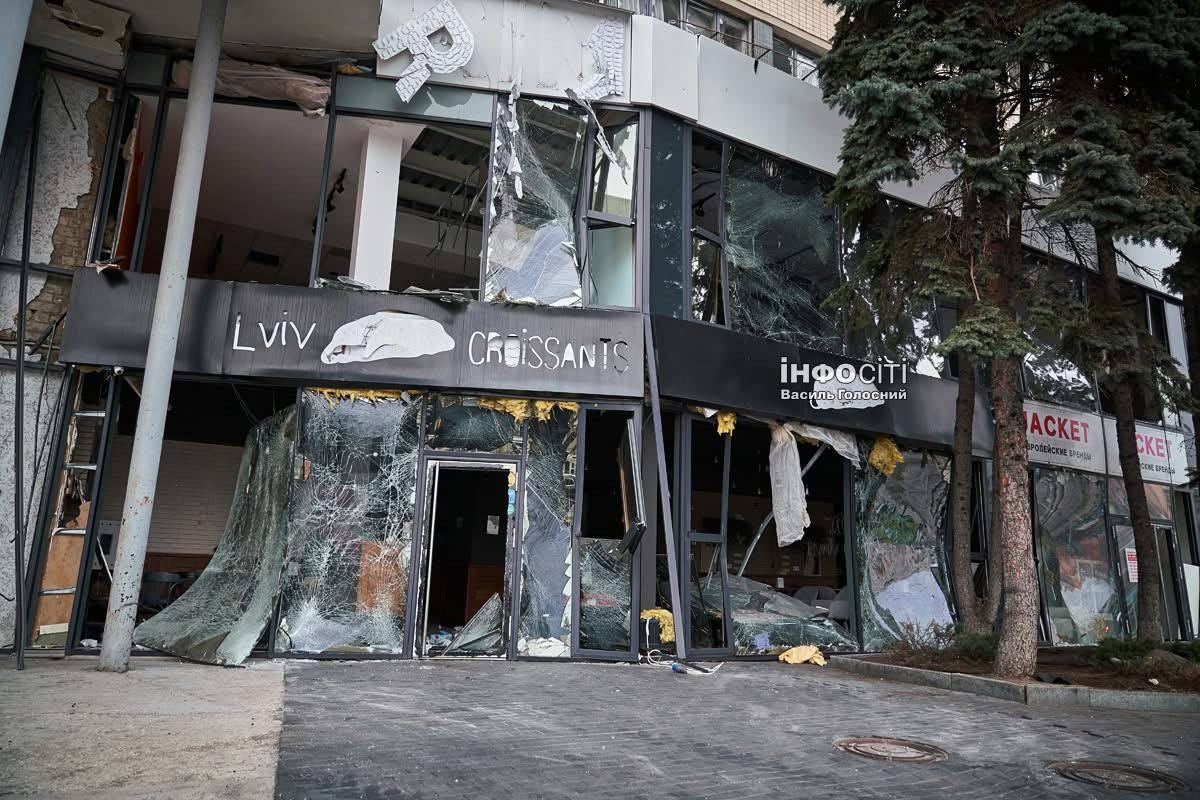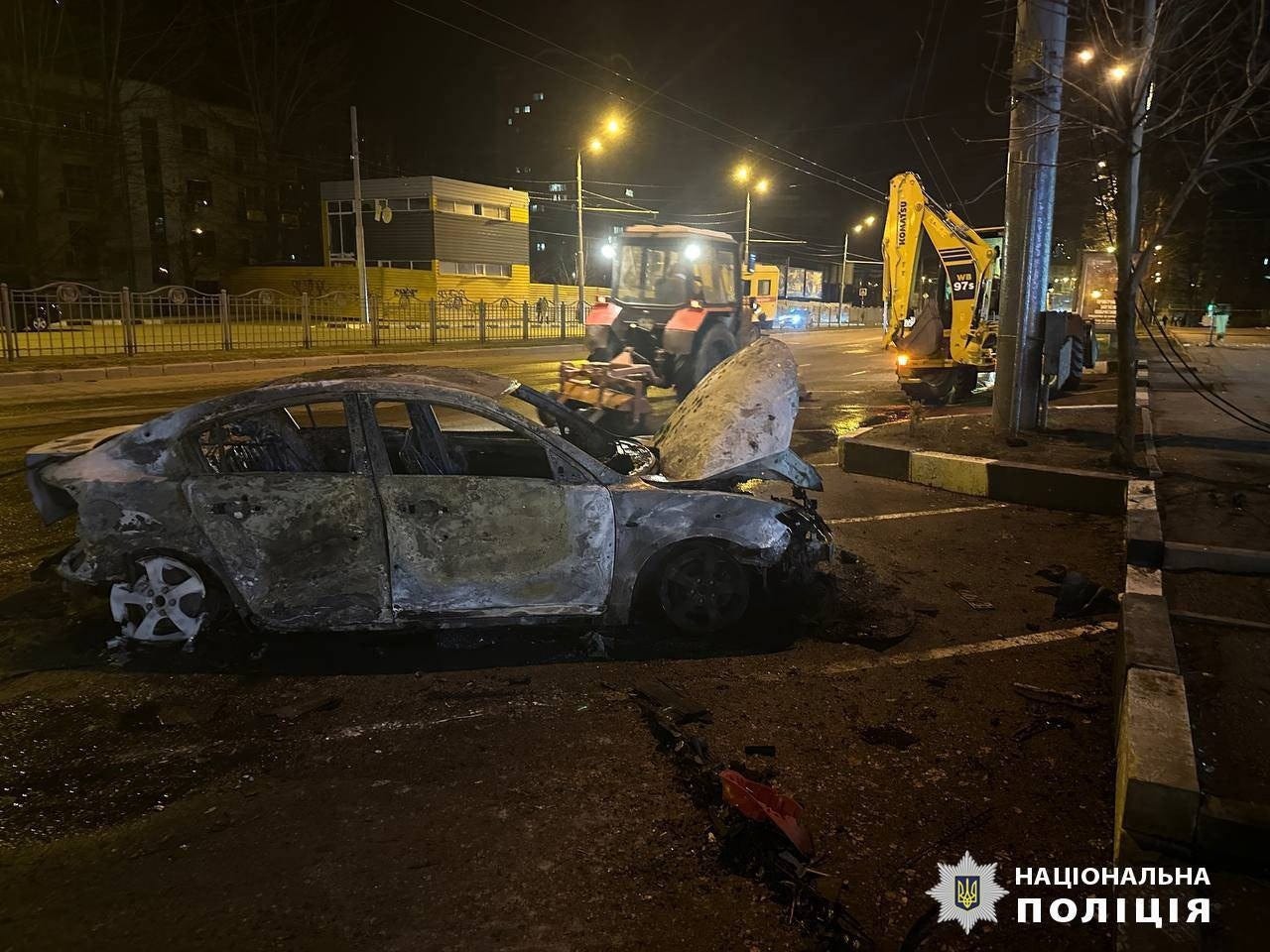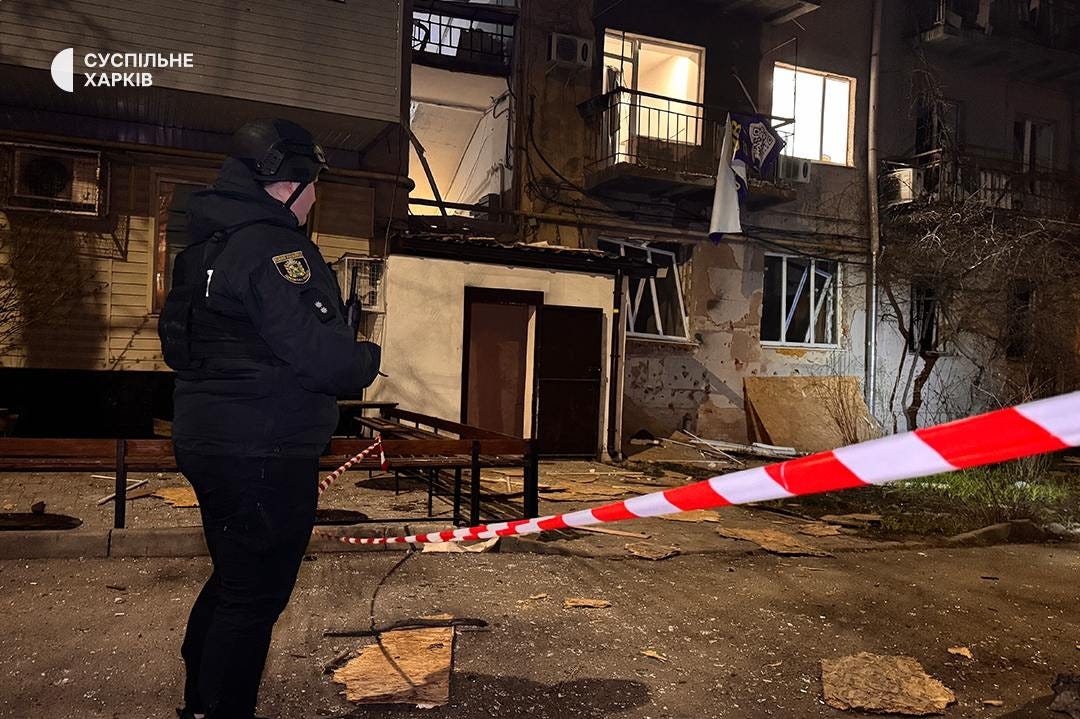
The White House this week said that it had reached an agreement between Russia and Ukraine to eliminate the use of force in the Black Sea. Supposedly Russia agreed to ensure safe navigation, eliminate the use of force, and prevent the use of commercial vessels for military purposes in the Black Sea.
Ummm… That’s already happening. Ukraine has turned Russia’s Black Sea fleet into some pathetic scrap metal. So the Black Sea is pretty much secured. By the Ukrainians.
What is it that Russia supposedly agreed to?
Nothing.
Russia, after agreeing to this supposed “ceasefire” demanded sanctions relief. According to the Wall Street Journal, Moscow said it would comply with a truce only after the West lifted sanctions on some of its banks, eased restrictions on Russian companies involved in food and fertilizer exports, and allowed broader port access to Russian ships carrying agricultural cargoes.
Moscow wanted Rosselkhozbank, a major sanctioned financial institution, and other banks reconnected to the Society for Worldwide Interbank Financial Telecommunication (SWIFT) financial messaging system from which they were ejected after the full-scale invasion began. Russia claims that its agricultural exports were impacted by western sanctions, which are generally exempt from sanctions.
Russia claims a lot of things.
In any case, the SWIFT issue isn’t up to the United States. It’s a decision Europe must make, and so far, their answer is a huge middle finger. Europe confirmed last week that no sanctions relief would be offered to Russia until Moscow unconditionally removes its troops from Ukrainian territories it’s illegally occupying.
Ukrainian President Zelensky said sanctions relief was a no-go. “This issue was not on the agenda before the meeting... We did not agree to have this in our common statement.”
Basically, Putin wants sanctions relief in exchange for maintaining the status quo in the Black Sea - for doing absolutely nothing - in hopes that the Trump administration, in its zeal to broker a peace deal President Trump promised would happen within 24 hours of taking office, pressures Europe into compliance.
We all know how Russia’s ceasefires work
There was supposedly an agreement that both sides would stop attacking energy infrastructure. This was important for Russia, because energy is a major source of revenue for Moscow, and because Ukraine has been successfully targeting Russia’s oil refineries, depots, and pipelines.
Russia needed this break more than Ukraine did.
The Ukrainians are pretty much accustomed to daily attacks on their energy infrastructure, as well as schools, apartment buildings, and hospitals.
Remember the Kakhovka Dam?
Remember Russia attacking Ukraine’s power grid in October 2022?
Remember the attack on the power grid in Kyiv?
Remember the hospital with a bunch of kids with cancer?
The Ukrainians are used to all this and worse, but the Russians aren’t ready for the havoc Ukraine is wreaking.
So, the Russians needed this “ceasefire” to regroup, but instead of abiding by it, they struck Ukraine's energy sites at least eight times since the ceasefire was agreed to, according to Ukrainian officials.
Putin claimed that he had ordered a 30-day halt on strikes against energy facilities, but as in everything else, he lies, but Russian strikes damaged an energy facility in Kherson a few days ago. The governor of the southern Zaporizhzhia region—more territory illegally occupied by Russia—said that local frontline communities were left without electricity due to overnight shelling last week, with more than 3,300 customers affected.
In addition, I will note that attacks on civilians continue unabated, because Putin refused an unconditional thirty-day cease-fire and demanded that Ukraine must stop receiving foreign military aid.
This is equivalent to a rapist demanding gun control, so his victims can be disarmed for his convenience.
Flat out no.
The mineral and energy deal
The White House is pushing for a sweeping new deal to control Ukraine’s critical minerals and energy assets. The problem is that Ukraine is getting no security guarantees in return. It’s getting very little in return at all.
Here’s the entire draft of the proposal. Fifty-five pages of absolute extortion that would undermine Ukraine’s sovereignty and increase its dependence on Washington. Not something that would be smart to accept, considering how quickly intelligence sharing was shut off by the United States after the disastrous Oval Office meeting a few weeks ago in an effort to compel Ukraine to crawl. What will the United States shut off if Ukraine happens to displease the White House again?
The White House wants control of all mineral resources in Ukraine. Washington is demanding that Ukraine and the United States set up a supervisory board to oversee a joint investment fund to split the income from Ukraine’s oil, gas and mineral projects between the two countries.
Oh, and the United States would appoint three of the five board members, giving Washington full veto power over the fund.
Ukrainian officials are unlikely to agree to the deal, and they’ve called it everything from “unfair” to outright “robbery.”
And there’s a not insignificant part of me that worries about what will happen if Ukraine refuses to sign this shakedown.
We know what happened the last time Zelensky resisted groveling: innocent people were murdered by the Russians because President Trump halted the sharing of satellite images with Ukraine.
The intelligence sharing has been turned back on, but…

The Russians continue targeting civilians.
These were people’s homes.
These were people’s lives.
Who cares about a “ceasefire” in the Black Sea that changes absolutely nothing and whose terms were already in effect when civilians are being systematically murdered by Russia and a real ceasefire that would stop the bombing of innocent people is not even being discussed?
What will happen if Ukraine angers the White House again?
The consequences
Will there be consequences for Russia’s refusal to abide by any ceasefire until its demands are met?
President Trump this morning said that he was “pissed off” at Vladimir Putin for his latest remarks about President Zelensky. If you haven’t heard, Putin is demanding that a “transitional government” be installed in Ukraine (because running an election during wartime is against the country’s constitution), in an effort to push Zelensky out, as if Russia is in any position to make demands about the government of a sovereign nation. Trump promised that tariffs on Russia would come within a month without a ceasefire deal.
“If Russia and I are unable to make a deal on stopping the bloodshed in Ukraine, and if I think it was Russia’s fault — which it might not be — but if I think it was Russia’s fault, I am going to put secondary tariffs on oil, on all oil coming out of Russia,” Trump said in an early-morning phone call with NBC News on Sunday.
“That would be that if you buy oil from Russia, you can’t do business in the United States,” Trump said. “There will be a 25% tariff on all oil, a 25- to 50-point tariff on all oil.”
Note the nod to Russia in that quote. Yes, it will be Russia’s fault. Russia attacked Ukraine. Russia invaded and illegally annexed Ukrainian territory. Russia is now demanding something for nothing - sanctions relief and access to the global financial system in exchange for nothing.
The consequences should be even more dire. The “maximum pressure” campaign we’re conducting against Iran should be applied to Russia.
Just as we’re designating Iran’s financial facilitation networks and cutting them off from the global financial system, we should be targeting those helping Russia evade sanctions and other restrictions without waivers, withing general licenses, and without loopholes that were one of the hallmarks of the Biden administration’s sanctions policy against Russia. There should be blanket sanctions against Russia’s financial system and secondary sanctions not just for those who transact with Russia’s military-industrial base, but for anyone that transacts with Russia’s banks.
We should be arming Ukraine and explicitly providing authorization for strikes deep within Russia’s territory.
If President Trump really wants to end the bloodshed in Ukraine, he should get tough with Russia, not give a veiled nod to Putin, intimating that the lack of a deal may not be Russia’s fault.







